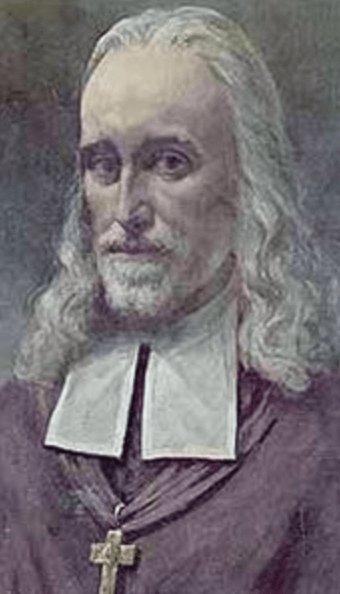© 2025 | All rights reserved

St Oliver Plunkett – 400th Anniversary of his Birth & 50th Anniversary of his Canonisation
This year marks two significant anniversaries in the life of the Church in Ireland and the Diocese of Meath: the 400th anniversary of the birth of St Oliver Plunkett on 1st November 1625, and the 50th anniversary of his canonisation in 1975.
To mark these occasions, Mass will be celebrated by Bishop Tom Deenihan, with the priests of the Diocese of Meath at Loughcrew, the birthplace of St Oliver, on Sunday, 29th June at 3:00 p.m. All are welcome to attend this special celebration in honour of our diocesan saint and martyr. Archbishop of Armagh, Primate of All-Ireland, Most Reverend Eamonn Martin will be the homilist. All welcome.
During the celebrations, Bishop Deenihan will formally decree Oldcastle and Clonard Churches as the designated Jubilee Churches in the Diocese of Meath.
Prayer to Saint Oliver Plunkett, Bishop and Martyr.
Glorious Martyr, Oliver,
who willingly gave your life for your faith,
help us also to be strong in faith.
May we be loyal like you to the See of Peter.
By your intercession and example
may all hatred and bitterness
be banished from the hearts of Irish men and women.
May the peace of Christ reign in our hearts,
as it did in your heart,
even at the moment of your death.
Pray for us and for Ireland.
Oldcastle Library this evening at 7pm by Fr Tommy O’Connor all welcome. Due to a technical issue the mock trial will not be shown at 6.30 as previously announced. Come for 7pm for the talk. It will last 30 minutes followed by questions and answers.
Advanced Parish Lost & Found Archive, see our Parish Lost & Found Archive throughout the years!
© 2025 | All rights reserved